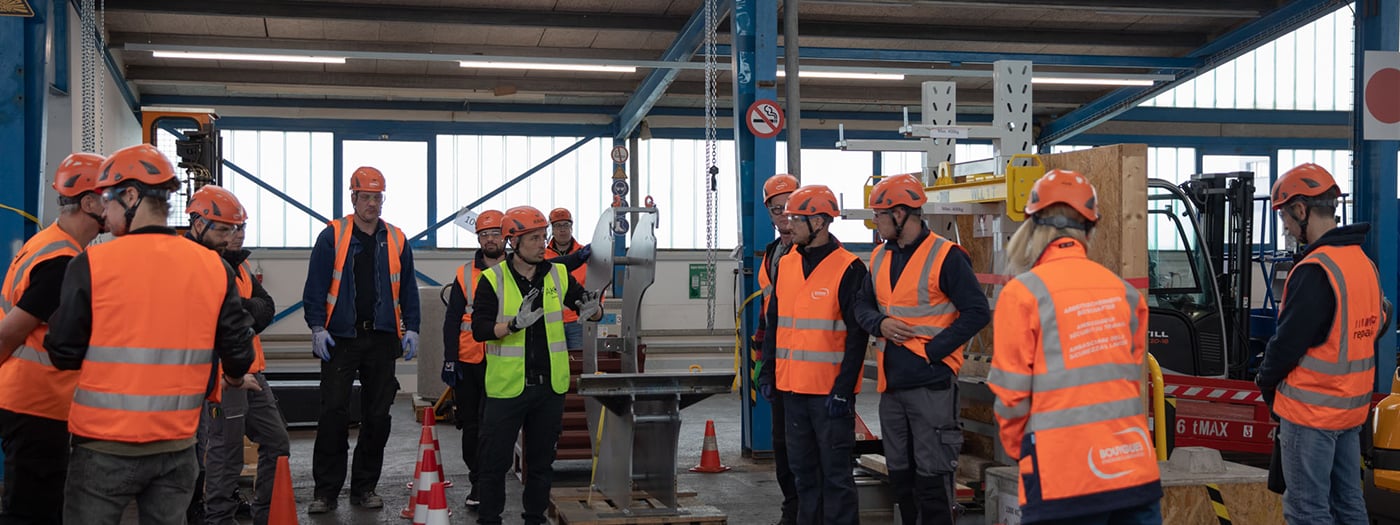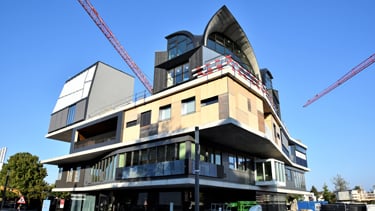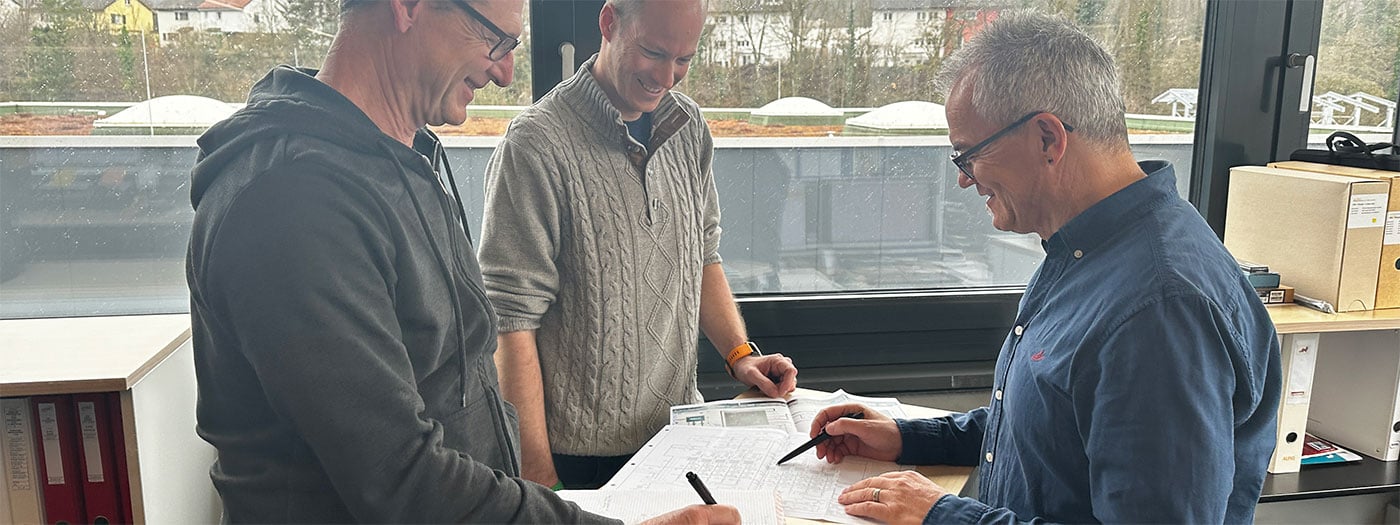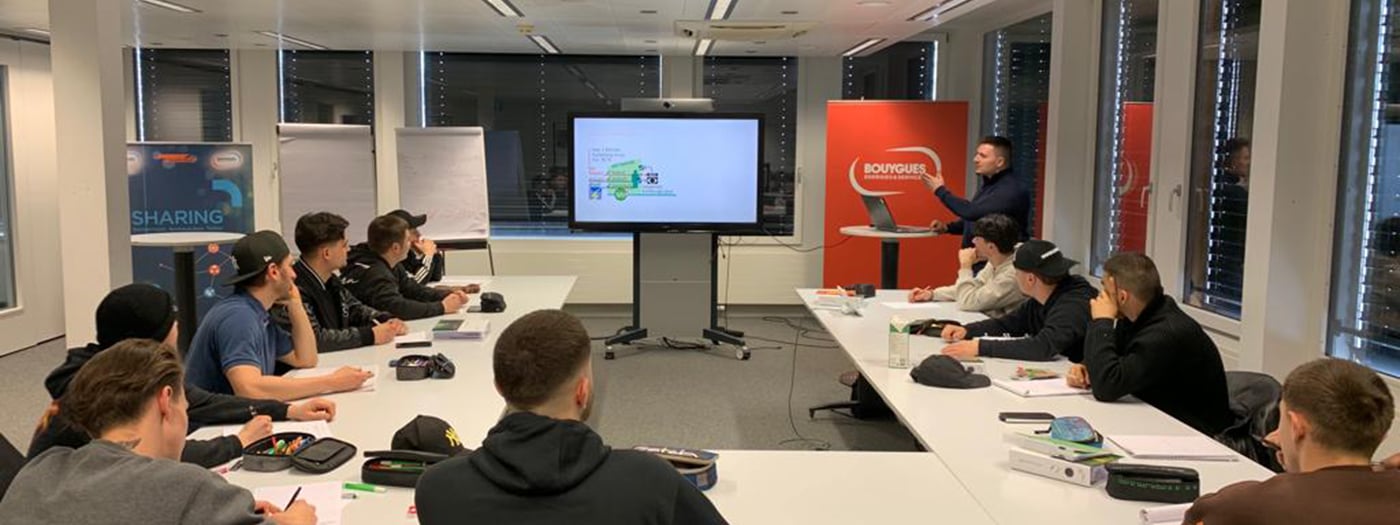ewl brought in the building services specialists from Bouygues Energies & Services in the central region to implement the challenging heating and cooling generation in the «Stollen Lucerne Data Center», with planning beginning in 2012. Water from Lake Lucerne, supplied via a line that runs from the energy centre on Inselquai to the Tribschen district, is used to generate heat and cold. Treated lake water is used for cooling, with around 300,000 litres running through the tunnel per hour. This generates waste heat that benefits surrounding residential areas in the form of additional heating. All of this results in an energy-efficient, carbon-neutral operation of the underground data centre.
To ensure the utmost level of fire safety, the ventilation system installed by Bouygues Energies & Services mixes nitrogen into the breathable air, so that the oxygen content in the tunnel drops to 17% – a value that is well below the usual 21%, but not low enough to have a harmful impact on humans. Conversely, the waste heat from the oxygen reduction system is used to heat the front building and individual offices in the tunnel. ‘Multitec – our cross-trade approach which makes us unique in this regard, has provided true added value for the project,’ explains Project Manager Engel Culjak, and his colleague Hysni Palushi, Team Leader HVAC at Bouygues Energies & Services, adds: ‘And the collaboration with other contractors was respectful and seamless – a real win.’
You can find out the challenges that the two building technicians faced in implementing this project in the Film.











